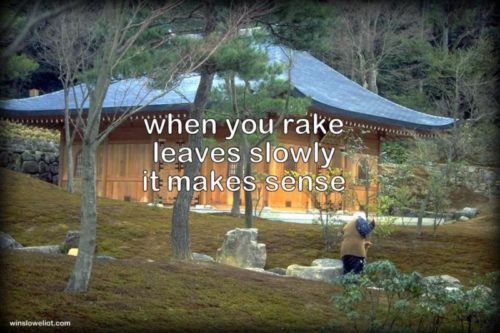 Stillness—as a noun, a verb, a healing modality, in meditation, and as a way of spiritual development—has been part of our human experience since time immemorial. Throughout millennia, it has resurfaced in various incarnations and been analyzed, interpreted, misunderstood, and utilized in many ways and for various purposes. In counseling sessions, the healing power of stillness can be used to help clients to overcome psychological behaviors that hold them back. Stillness helps people be connected to their intuition. Ultimately, stillness helps in unveiling life’s deepest mysteries of the soul and spirit through spiritual development.
Stillness—as a noun, a verb, a healing modality, in meditation, and as a way of spiritual development—has been part of our human experience since time immemorial. Throughout millennia, it has resurfaced in various incarnations and been analyzed, interpreted, misunderstood, and utilized in many ways and for various purposes. In counseling sessions, the healing power of stillness can be used to help clients to overcome psychological behaviors that hold them back. Stillness helps people be connected to their intuition. Ultimately, stillness helps in unveiling life’s deepest mysteries of the soul and spirit through spiritual development.
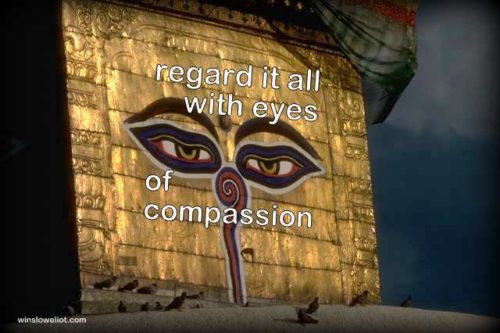 I’ve loved the experience of stillness for as long ago as I can remember. Some years ago, I yielded to a longing I’d had for a long time: to go on a stillness retreat. I didn’t literally ‘go’ anywhere, but I did retreat: into my home, my room, and I slowed everything way, way down for several months. I didn’t write, didn’t counsel, didn’t teach, and didn’t socialize. I sometimes went on quiet, long walks in nature but other than that hardly ventured from the house. I wanted to explore the value of being still, of allowing stillness to occur rather than chasing after it. More importantly, I wanted to discover whether stillness could be healing and empowering, for others as well as myself. I imagined it could be, but didn’t know why or how.
I’ve loved the experience of stillness for as long ago as I can remember. Some years ago, I yielded to a longing I’d had for a long time: to go on a stillness retreat. I didn’t literally ‘go’ anywhere, but I did retreat: into my home, my room, and I slowed everything way, way down for several months. I didn’t write, didn’t counsel, didn’t teach, and didn’t socialize. I sometimes went on quiet, long walks in nature but other than that hardly ventured from the house. I wanted to explore the value of being still, of allowing stillness to occur rather than chasing after it. More importantly, I wanted to discover whether stillness could be healing and empowering, for others as well as myself. I imagined it could be, but didn’t know why or how.
As I delved intensely into possibilities and potentialities Stillness offered, I realized that I was not alone in my love for Stillness. Many other people also experienced stillness as a path to inner peace and connection with God. I discovered writers like Pico Iyer, yoga teachers like Erich Schiffman, cranio-sacral practitioners like Charles Ridley, and I read Lao-Tse and other Taoists with a whole new understanding.
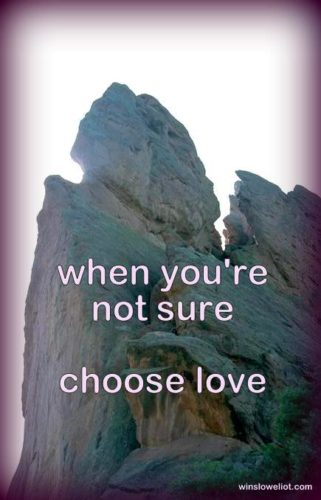 It continues to astound me how much research has been done already on the efficacy of Stillness as a healing modality. In a world that seemed to measure itself by other peoples’ standards, to revolve around busyness and accomplishment, with its emphasis on competition and success, with an insistent need for constant interaction and engagement, I thought I was the only one who believed that quietness and stillness were key to health and wellbeing, much less a transcendent, even mystical, experience. Of course, I knew of people who’d retreated to monasteries or an ashram, or taken a silent pilgrimage to a sacred destination, but these seemed rare, few, and not sustainable ways of experiencing what I wanted to feel in my life on a daily basis. Not as an escape from my reality but as my reality.
It continues to astound me how much research has been done already on the efficacy of Stillness as a healing modality. In a world that seemed to measure itself by other peoples’ standards, to revolve around busyness and accomplishment, with its emphasis on competition and success, with an insistent need for constant interaction and engagement, I thought I was the only one who believed that quietness and stillness were key to health and wellbeing, much less a transcendent, even mystical, experience. Of course, I knew of people who’d retreated to monasteries or an ashram, or taken a silent pilgrimage to a sacred destination, but these seemed rare, few, and not sustainable ways of experiencing what I wanted to feel in my life on a daily basis. Not as an escape from my reality but as my reality.
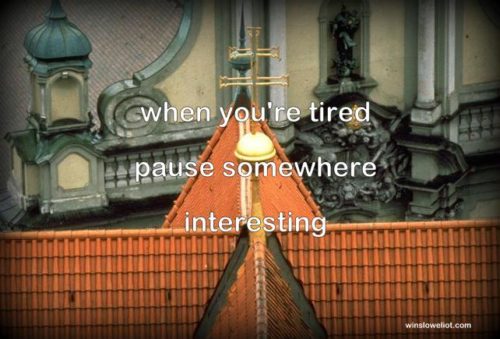 By the time I emerged from my stillness retreat, my entire life’s path had shifted. When I began to practice seriously as a metaphysician, I experienced firsthand how stillness can imbue with healing the therapeutic work during a session with a client. For example, when I use tarot cards, it is only in stillness that the opacity of the images and symbols dissolves into a super-focused clarity, as though scratched, grungy windowpanes are suddenly power-washed and I can see clearly. This occurs too when I hold their hands during a palmistry session or as I gaze at their birth chart and the stars come to animated life in the grace of stillness.
By the time I emerged from my stillness retreat, my entire life’s path had shifted. When I began to practice seriously as a metaphysician, I experienced firsthand how stillness can imbue with healing the therapeutic work during a session with a client. For example, when I use tarot cards, it is only in stillness that the opacity of the images and symbols dissolves into a super-focused clarity, as though scratched, grungy windowpanes are suddenly power-washed and I can see clearly. This occurs too when I hold their hands during a palmistry session or as I gaze at their birth chart and the stars come to animated life in the grace of stillness.
Transpersonal Psychology
This summer, I received my doctorate degree in transpersonal counseling, and for my dissertation I researched the nature of “Transpersonal Stillness: An investigation into the healing uses and applications of stillness in transpersonal counseling, personal development, spiritual growth, and life.” Transpersonal counselors use various depth psychologies and techniques to help clients become their fullest potential as human beings and it is during times of stillness that one’s own natural healing is allowed to occur. Transpersonal psychology can be defined as “beyond-ego psychology, integrative/holistic psychology, and psychology of transformation” (Hartelius, et al). The authors’ premise is that transpersonal psychology has grown from emphasizing what used to be referred to as alternative states of consciousness into an exploration of human transcendence, wholeness, and transformation. Thus, it is a therapy in which both psychology and spirituality are integrated. For each human being to feel whole, balanced, and healthy, the whole human being needs to be balanced: physically, emotionally, mentally, and spiritually.
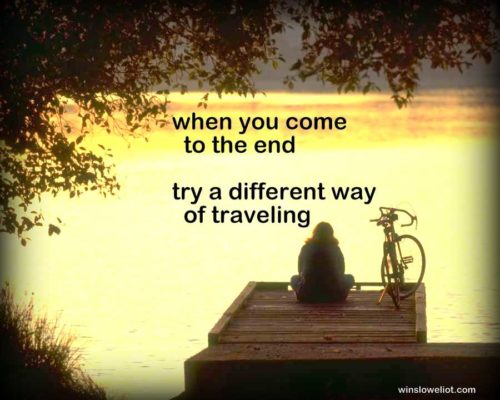 Although my expertise is mainly in tarot, astrology, palmistry, stillness imbues all my therapeutic sessions, allowing clients to integrate healing and awareness of themselves and their essence. I have found that through allowing stillness to occur within them, clients can find out about past lives and early childhood, connect with their higher selves, and glimpse their future potentials. They can experience healing from past wounds, forgiveness, freedom from suffering, and connect with their soul’s purpose. Those essential questions that every metaphysician asks of themselves and their clients (“Who am I? Why am I here?”) are revealed in the deepest silence of stillness. They show up in the embryo, breath, life, and death of stillness.
Although my expertise is mainly in tarot, astrology, palmistry, stillness imbues all my therapeutic sessions, allowing clients to integrate healing and awareness of themselves and their essence. I have found that through allowing stillness to occur within them, clients can find out about past lives and early childhood, connect with their higher selves, and glimpse their future potentials. They can experience healing from past wounds, forgiveness, freedom from suffering, and connect with their soul’s purpose. Those essential questions that every metaphysician asks of themselves and their clients (“Who am I? Why am I here?”) are revealed in the deepest silence of stillness. They show up in the embryo, breath, life, and death of stillness.
My research and personal experience focuses on helping clients, friends, family, and ourselves by accessing stillness through the wisdom of the four bodies of the human being. We are made of earth, air, water, and fire; these four elements become the essence of our human-ness from the moment of conception to the moment of the last exhalation.
Being in stillness can heal in these specific ways: Physically, it quite literally calms the heart rate and lowers the blood pressure. Mentally, it helps to quiet the busy—and sometimes harsh—mental chatter that can be so debilitating psychologically. It can also be a way to become connected to the flow of one’s own intuition, so that one can access innate wisdom. Ultimately, transcendent stillness can flood us with bliss of a mystical kind, connecting us to our essential being.
This is the reason that I divided the nature of stillness, including its therapeutic uses and practical applications, into four elements:
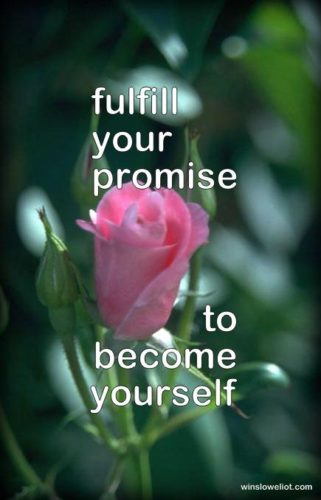 Earth—stillness in the physical body; embryogenesis.
Earth—stillness in the physical body; embryogenesis.- Air—stillness in the mental body; mindfulness.
- Water—stillness in the emotional body; intuitive wisdom.
- Fire—stillness in the spiritual body; mysticism.
Be Still and Know
“Be still and know” became my mantra throughout my exploration into stillness as a healing modality. It was almost as though the lessons of stillness became the experience of this process itself. The way stillness works, I learned, was through ‘allowing’ healing to place, allowing it physically, mentally, emotionally, and spiritually. I found myself surrendering to the research, the thoughts, the ideas of mystics, scientists, and transpersonal psychologists in ways that took me much farther than I ever imagined I could go.
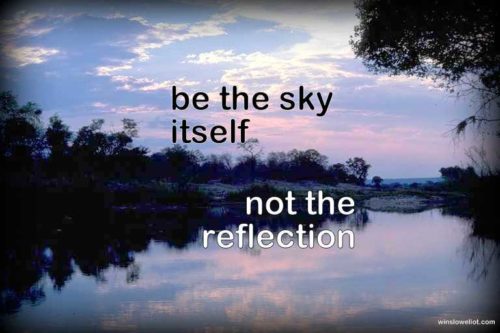 I came to regard the five great initiations of our earthly existence in a completely new light: birth, adolescence, love, sickness, and death are all infused with our essential truth of Stillness. Through stillness we not only heal ourselves, but we connect our essence. We not only connect to our essence, but we recognize our highest human potential. We not only connect with our highest human potential, but we move (and are still at the same time) into its sublime fulfilment. We are on the Way and we are the Way.
I came to regard the five great initiations of our earthly existence in a completely new light: birth, adolescence, love, sickness, and death are all infused with our essential truth of Stillness. Through stillness we not only heal ourselves, but we connect our essence. We not only connect to our essence, but we recognize our highest human potential. We not only connect with our highest human potential, but we move (and are still at the same time) into its sublime fulfilment. We are on the Way and we are the Way.
In my research I discovered this mystical paradox: that we are both the being and the becoming, at the same time.
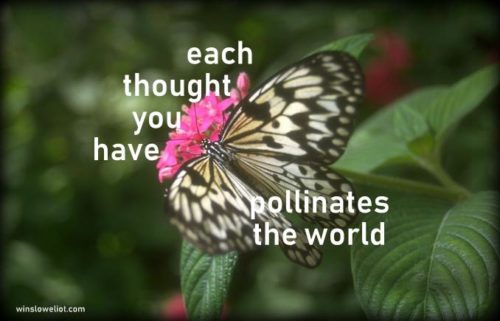 The intertwining of healing of mind, body, and spirit with the awareness of being aware, with development of human consciousness, and realizing that all that is without is within and all that is within is without, and all that moves is still and all that is still is in motion—these profound paradoxes of our human existence opened me to the power of stillness in ways I could never have anticipated.
The intertwining of healing of mind, body, and spirit with the awareness of being aware, with development of human consciousness, and realizing that all that is without is within and all that is within is without, and all that moves is still and all that is still is in motion—these profound paradoxes of our human existence opened me to the power of stillness in ways I could never have anticipated.
Many thanks to Rev. Lynda R. Exley and all the staff at the University of Sedona for being so welcoming and supportive during this metaphysical adventure, as well as the invaluable resources offered by the Association for Transpersonal Psychology.
